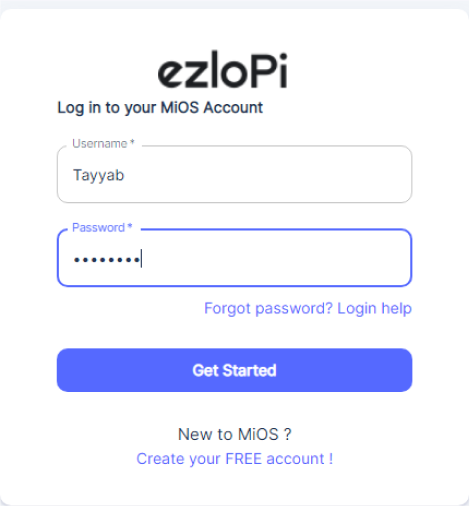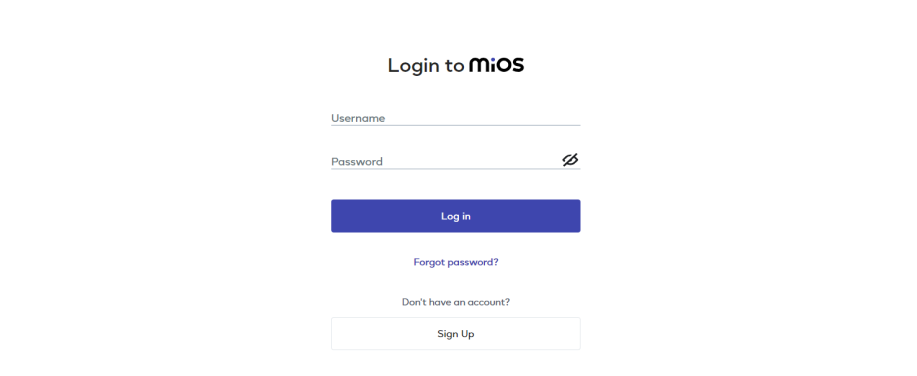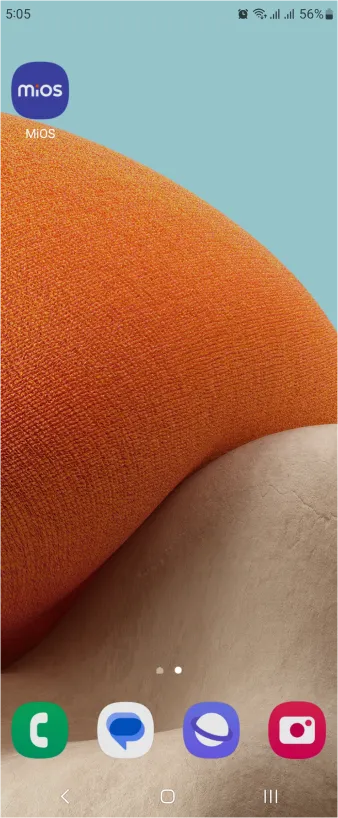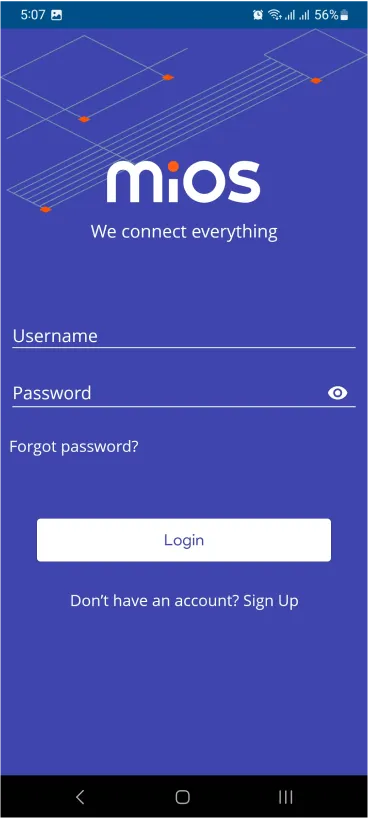
Get an email alert to keep your environment just right!
Water quality alert using Turbidity sensor and EzloPi MeshBot
The EzloPi smart devices provide automation through simple, customizable use with our open-source EzloPi platform, making daily life easier and improving human-machine interactions.
Before moving into this example, it is very important to know about the device registration, provisioning and converting the ESP32 device into an EzloPi device along with knowledge of Web Flasher, MiOS Mobile Application for Android/iOS and the MiOS Web Application.
1. About this example
The objective of this project is to interface the TS-300B turbidity sensor with the EzloPi device for creating a smart water quality monitoring system. This project is designed to detect changes in water turbidity and, upon detecting an increase in impurities, it will trigger an automated email to the user through the EzloPi automation meshbot. The turbidity sensor will detect impurities and alert the user through email or the MiOS application to replace the water filter.
2. Project Video Demonstration
Welcome to the project demonstration video section. The following video showcases the key aspects of Create your own smart Turbidity Sensor using EzloPi Platform, providing a visual walkthrough of its implementation.
3. Circuit Setup & Interfacing
The following components are required for interfacing with the EzloPi device:
- ESP32 as an EzloPi smart device.
- LM393 photo-resistive LDR module.
The wiring diagram is represented as follows:


The following connections are made in order to complete the circuit setup.
From ESP32 to the Turbidity sensor interface module:
- Connect the 3V3 pin from ESP32 to the VCC terminal on the turbidity sensor interface module.
- Connect GND to the GND pin.
- Connect D33 from the ESP32 to the signal (Dout) pin.
From the Interface module to the Turbidity sensor:
- Connect the given cable from the interface module to the turbidity sensor.
4. Interfacing the Turbidity sensor with EzloPi Web Flasher
1. Set up your device/hardware by visiting config.ezlopi.com

- Log in using the credentials which you just set earlier while signing up.

- Now, click on the Connect Device button and a pop-up window will appear.

Now, select COM Port to which your ESP32 device is connected. In our case, the COM3 port is used.
Click Connect.

- If you are new to this and it's your first time configuring, select Create new Device ID. Enter Wifi SSID and Wifi Password.
- In the Device Configuration, tab click on Analog Input.

- An analog Input window will open for inputting the following parameters:
- Set a device name of your choosing. In our case, we set it to Turbidity.
- Set Device Subtype to Soil Turbidity Sensor.
- Set the ADC input pin to 33.
- Set the Resolution to 10-bit.
- Then click Apply Button.
- After clicking the apply button you can see a table of your setting in the Current configuration tab.
- Press the Flash Device button.
- In the Device Configuration, tab click on Digital Output.

- Hold the BOOT button down until the next window appears on the bottom right side of the screen which says “Installation prepared. Please release the boot button now.”

- Release the BOOT button from your ESP32 when this pop-up on the bottom right window appears.

- After some time, a popup will appear saying Device Flashed Successfully! This means that your device has been set up successfully.
5. MiOS Web Application
- After configuring the controller with the EzloPi web flasher, head to ezlogic.mios.com

- Use the same credential to log in that you used for configuring the controller with the web flasher.

- If the water is pure or has a low amount of impurities, “water filter ok” message will be displayed. And if the water is impure or impurities have increased, a message such as “replace water filter” will be displayed on the sensor tile.
Meshbots

- On the right side of the screen under Automation, click on MeshBots.

- On meshbot screen, click on Create new MeshBot button present on the top right corner of the screen.
- After clicking on Create new MeshBot you will see this now under Automation MeshBot click on Cloud.

- On the next screen you will see that we can create a name of our choosing, in this case we write it as Turbidity.

- In the trigger tab you can set the TRIGGER for your device and in the ACTION tab you can set the action to be performed based on the trigger which you have created.

- Set these things in TRIGGER section:
- Set Node Type to Device.
- Set the Node to Turbidity.
- Set the Capability to Water filter replacement alarm.
- Set the Value to replace_water_filter.

- Set these values in the ACTION section.
- Set Controllable Type to Notification.
- Set the User to Your user account but in our case the user account is Tayyab.
- Set the Channels to email, push.
- Set the Subject to Water filter replacement alarm.
- Set the Message body info to replace the water filter.
- After clicking the apply button you can see a table of your setting in the Current configuration tab.

- After clicking the save button you can see this screen on the top right corner of the screen.

- Here you can see your saved MeshBot. Now click on Dashboard.

- On the MiOS web dashboard, we can see the turbidity sensor tile which is showing us the “water filter ok” message which means that the quality of water is clear. In this scenario, email will not be sent to alert the user.

- When the water is not clear or impurities have increased, the tile will display the ”replace water filter” message and the user will receive an email. In this scenario, an email is generated to the user’s gmail account which can be seen below.

6. MiOS App
You can download the MIOS Android app from the Google Play Store and Apple App Store.
- After downloading the app, proceed to install the application and open it.

- Using the MIOS mobile application, create a new Ezlo Cloud account using the sign-up option. If you already have an account, you may proceed to log in.

- After successfully logging in, you will be able to see the number of controllers connected such as a lamp, fan, or any other device in the MiOS app. Tap on any controller of your desired ID:

- You will be able to see the status of your controller whether it is online or offline. Access the device dashboard, and tap the device. The following view of the dashboard will appear:

- After opening the MiOS mobile dashboard, you will be able to see the tile of your connected device. As you can see in the MiOS mobile app dashboard, it can be seen that the turbidity sensor tile is showing the “water filter ok” message which means that the quality of water is clear.

- When the water is not clear or impurities have increased, the tile will display the ”replace water filter” message and the user will receive an email. In this scenario, an email is generated to the user’s gmail account which can be seen below.


eZlopie Products A single-channel 5V relay module $00.00

eZlopie Products Momentary switch $00.00

eZlopie Products Level Shifter Module (BSS138) $00.00

eZlopie Products ESP32
$00.00

eZlopie Products AC Lamp and Holder
$00.00












